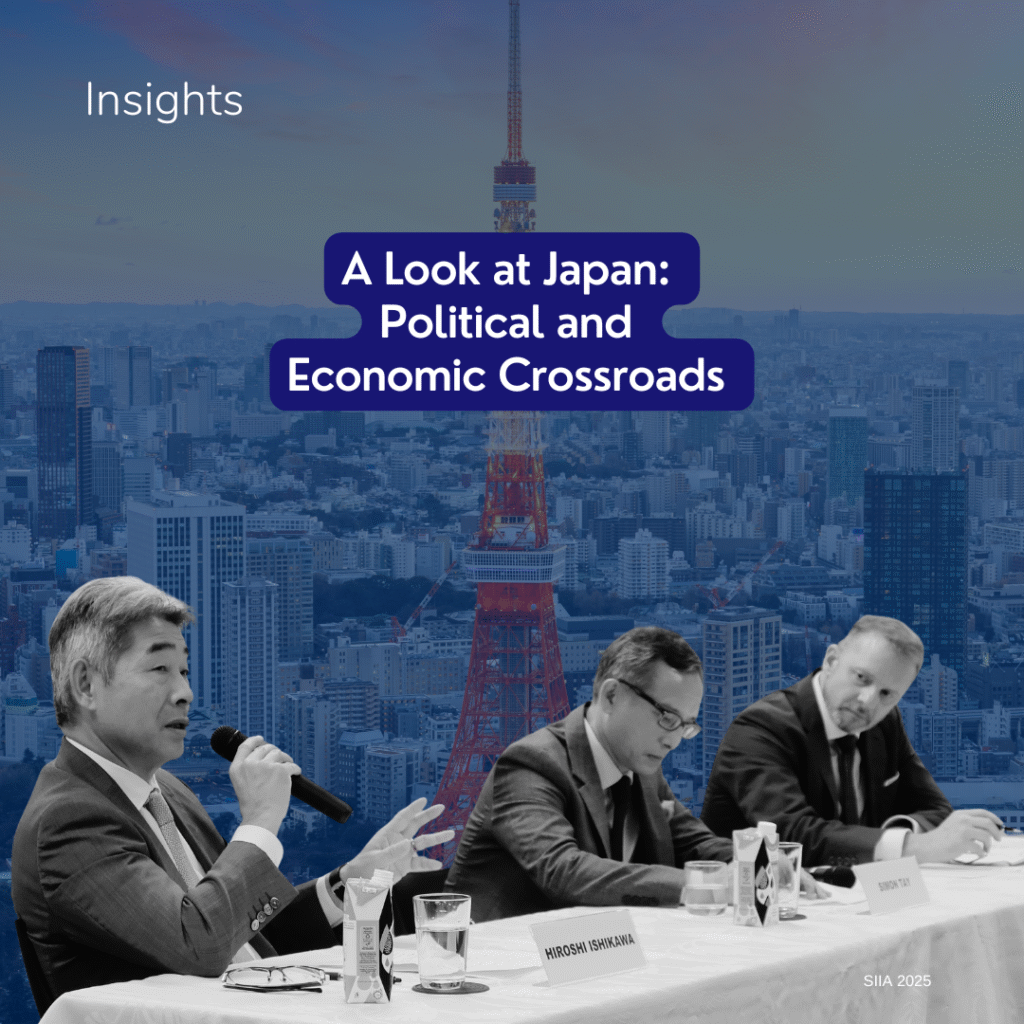COVID-19 has resulted in unprecedented costs to the global economy and public health. Southeast Asia has not been spared although responses to the outbreak vary across the region. In a webinar organised by the Italy-ASEAN Association on 25 June 2020, Associate Professor Simon Tay, Chairman of the Singapore Institute of International Affairs (SIIA) was invited to share his views on how Singapore and the region have responded to the pandemic. Associate Professor Tay spoke alongside H.E. Ambassador Raffaele Langella, Ambassador of Italy to Singapore, who gave an opening address focusing his perceptions of Singapore’s response to COVID-19. The event was attended by more than 80 participants, primarily Italian businesses.
Swift and Decisive Moves by Singapore
Singapore has responded to the pandemic reasonably well. After almost three months of lockdown and levelling case numbers, the country is now in Phase 2 of its reopening and the government has even called for Elections to be held in early July.
In dealing with the economic impacts of COVID-19, Singapore’s digital infrastructure and deep reserves were significant in helping individuals retain jobs and businesses cope. In total, the Singapore government released four stimulus packages to sustain the economy, amounting to 19.2 percent of Singapore’s GDP.
Singapore has also done well in mitigating public health impacts. Building upon past experiences in tackling SARS, the country’s contact tracing and testing capabilities were key in containing the pandemic. It also managed to expeditiously ramp up quarantine and medical facilities, with beds in the Intensive Care Units (ICUs) of hospitals tripled by early May.
With the outbreak in workers’ dormitories making up most of Singapore’s COVID-19 cases, the government reacted effectively in preventing cross-infection to the overall community. It bears noting that these foreign workers have also been extended free medical care, at the same level as Singaporeans. Many foreign workers who had been infected have already recovered. Overall, Singapore continues to report one of the lowest mortality rates in the world.
Singapore’s Outlook and Role as a Hub
With the pandemic disrupting the flow of goods, people and services, there are concerns that Singapore’s economy will be significantly impacted given that the country’s prosperity hinges largely on its interconnections and free trade. There is nonetheless optimism surrounding Singapore’s ability to recover quickly once global trade resumes, as the country is cost-competitive, efficient and well-connected. Infrastructure upgrades such as the Tuas Mega Port and Terminal 5 of Changi Airport will move forward despite the pandemic, and an Emerging Stronger Taskforce has also been formed to help the country in its recovery. Furthermore, Singapore will continue to remain an especially attractive hub as it abides by the rule of law.
In the meantime, for Singapore to continue to entrench its relevance and hub status, the country should work on forming more quarantine-free travel bubbles with economic partners who have managed to keep the outbreak under control, so as to facilitate essential business. Vietnam and Malaysia could be potential priorities even if intra-ASEAN travel, as a whole, takes longer. Presently, Singapore has already formed such travel bubbles with six provinces in China and discussions for similar arrangements are ongoing with Australia, New Zealand and South Korea.
ASEAN’s Role as Platform for Cooperation and Engagement
Although local governments are responsible for handling the pandemic within their borders, ASEAN should involve itself in supporting recovery in the region, especially given slow global leadership.

First, ASEAN should continue to promote a baseline of cooperation in the region through existing mechanisms. By facilitating communication between member states and engaging dialogue partners such as the ASEAN+3 (China, Japan and South Korea), this will increase trust as countries reopen and help the region fine-tune its response to the pandemic, and prevent further waves of infection. Second, ASEAN should highlight the importance of deepening regional integration and digitalisation. This follows from the economic goals laid out in ASEAN Community Vision 2025. Third, in an era of superpower rivalry, ASEAN should help the region ensure its strategic balance and autonomy. Finally, ASEAN should help and encourage its members to do more to protect vulnerable communities, including both documented and undocumented migrant workers.




